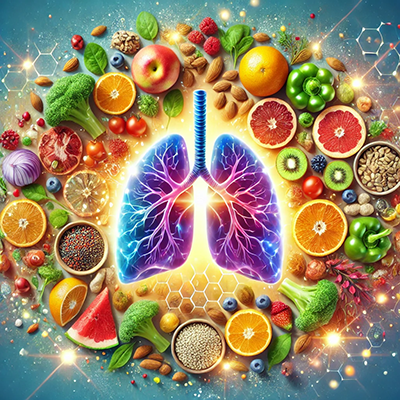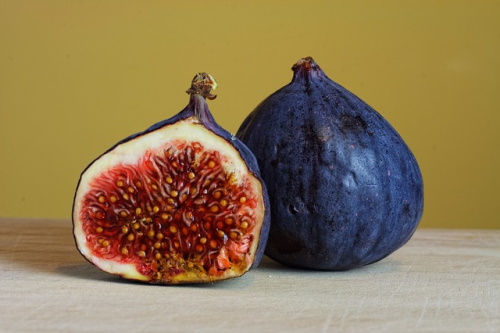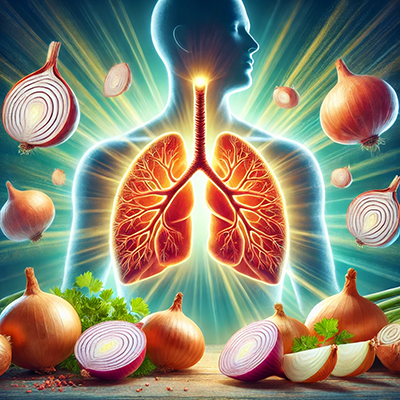
Diet influences the condition of the respiratory system more than one might think. This is where foods for lung health come in. For instance, certain foods, such as milk and eggs, can precipitate asthmatic crises. Others, such as onion or garlic, resist bronchitis.
Fruits and vegetables rich in beta-carotene protect against lung cancer. An investigation conducted in England and Wales shows that children who eat two or more pieces of fruit a day breathe better and have a lower risk of respiratory difficulty.
Conversely, pulmonary function is worsened in those who eat processed meats (ham, sausages, etc.).
Related reading:
- Browse more Foods articles: https://naturalhealthmessage.com/nutrition/foods/
- Respiratory Health guides: https://naturalhealthmessage.com/conditions/respiratory-system/
- Supplements & reviews: https://naturalhealthmessage.com/supplements/
Foods for Lung Health
DATES have been traditionally used to relieve excessively dry coughs and fight bronchial colds. They have a proven soothing effect on the bronchial passages and are antitussive. This is possibly due to their richness in sugars and some other component that has yet to be identified. The most effective way to use them is boiled in milk.

FIGS, regardless of how they are prepared, but mainly dried figs rehydrated or boiled with milk, have a pectoral action that fights infections. They relieve cough, facilitate expectoration, and soothe the respiratory tract. Their use is recommended in cases of chronic bronchitis and acute respiratory infections caused by colds or flu.
Thanks to their high mucilage content, JUJUBES has an emollient and soothing effect on the respiratory mucosa and facilitates expectoration. Eating them raw or dried is appropriate for those suffering from cough, bronchitis, or asthma.
ONION contains sulfur compounds that form its essential oils, which pass rapidly through the bloodstream from the stomach. They are first released in the lungs. This explains why the breath has a characteristic odor after only a few minutes of eating onions. Onions can break down heavy mucus, expectorant, and antibiotics on gram-positive germs.
All respiratory infections, from sinusitis to pneumonia, improve with onion consumption, preferably raw, boiled, baked, or syrup. Onions are another great addition to the list of foods for lung health.

In the pediatric clinic of the University of Ludwig-Maximilians in Munich (Germany), it was proven that thiosulfinate, one of the components of the onion’s essential oil, can stop bronchial allergic reactions in asthma cases. It was shown that thiosulfinate from onions also acts on the respiratory center of the brain stem, producing dilation of the bronchial passages.
These investigations justify using raw onion for bronchial asthma because of its anti-allergic and bronchodilator effects. The positive effects of onions on the bronchial tubes are felt only a few minutes after eating them.
The RADISH is a great addition to the list of lung-cleansing foods because it contains mucus-softening properties, which makes it an excellent food for sinusitis and bronchitis.
ORANGES contain high levels of vitamin C, and people with elevated levels of vitamin C in the blood suffer less from allergies. This is probably because vitamin C is partially agnostic to the effects of histamine, which initiates allergic episodes. Eating five oranges a day (or their equal in juice) prevents allergic reactions such as rhinitis or bronchial asthma, which makes it recommended among the foods for lung health.
From a nutritional point of view, WATERCRESS provides a few carbohydrates and proteins; almost no fat; vitamins A and C; abundant minerals, particularly iron, and iodine; and a sulfurated glycoside that provides it slightly piquant flavor, as well as most of its medicinal properties, which is the following:
– Expectorant: Facilitates the elimination of bronchial mucus by making it more fluid.
Health Disclaimer: The information on this website is for educational uses only and is not a substitute for professional medical advice. Always consult an authorized healthcare provider for any health concerns before using any herbal or natural remedy. We do not establish, treat, cure, or prevent any disease. Reliance on any material from this website is solely at your own risk. We are not responsible for any adverse effects resulting from the use of information or products mentioned on this website.
REFERENCES
- George D. Pamplona-Roger, M.D. “Encyclopedia of Foods and Their Healing Power.” George D. Pamplona-Roger, M.D. Encyclopedia of Foods and Their Healing Power. Trans. Annette Melgosa. Vol. 2. Chai Wan: Editorial Safeliz, 2005. 148, 146, 148, 144, 365. [foods for lung health]
- Higdon, J. V., Delage, B., Williams, D. E., & Dashwood, R. H. (2007). Cruciferous Vegetables and Human Cancer Risk: Epidemiologic Evidence and Mechanistic Basis. Pharmacological Research, 55(3), 224–236. https://doi.org/10.1016/j.phrs.2007.01.009
- Marsland, B. J., & Salami, O. (2015). The impact of diet on immune responses in the lung. Journal of Leukocyte Biology, 98(6), 925–935.
- Townsend, E. A., & Siviski, M. E. (2018). The Effect of Ginger on Airway Inflammation: A Systematic Review of the Literature. Journal of Alternative and Complementary Medicine, 24(3), 235–244. https://doi.org/10.1089/acm.2017.0160
- Tindle, H. A., Shiels, M. S., Bazzano, L. A., & Taylor, A. E. (2010). Association Between Fruit and Vegetable Intake and Rate of Lung Function Decline in Older Adults: The Cardiovascular Health Study. Thorax, 65(10), 855–861.
- Jones, A. M. (2014). Dietary nitrate supplementation and exercise performance. Sports Medicine, 44 Suppl 1(Suppl 1), S35–S45. https://doi.org/10.1007/s40279-014-0149-y
- Yuan, G.-F., Sun, B., Yuan, J., & Wang, Q.-M. (2012). Effects of Different Cooking Methods on Health-Promoting Compounds of Broccoli. Journal of Zhejiang University Science B, 13(8), 580–588.
- Tong, H., Rappold, A. G., Diaz-Sanchez, D., & Saxon, A. (2012). Omega-3 Fatty Acids Modulate Air Pollution Induced Airway Inflammatory Responses in Healthy Young Adults. Prostaglandins, Leukotrienes and Essential Fatty Acids, 87(4–5), 163–169.
